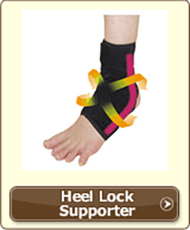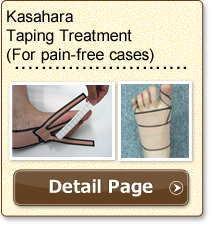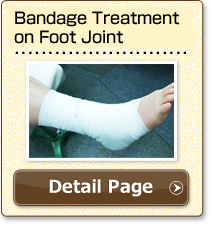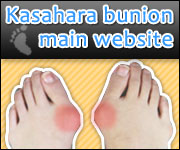Achilles tendon pain
Condition
There are 3 types of pain on Achilles tendon:
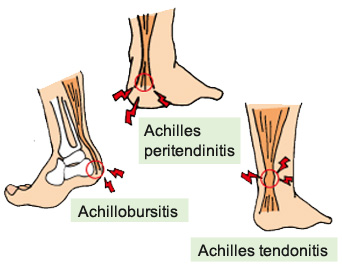
■ 1:Achilles tendonitis
After playing sports or walking for long periods, the middle part of the Achilles tendon becomes painful and partially swollen. The pain increases when the foot is flexed.
■ 2:Achilles peritendinitis
The muscles on shin and calf are always tensed, pulling on the Achilles tendon continually, causing inflammation on the adhesion section, leading to heel pain or projection of the bone.
■ 3:Achillobursitis
Friction between the heel and shoe causes a bursa.
Cause
Achilles tendonitis and Achilles peritendinitis are typically caused when walking with toes bent upward and not touching the ground, concentrating the load on the Achilles tendon. Moreover, this style of walking shifts the center of gravity towards the heel and allows the harmful shock and torsion waves are to be transmitted directly to the lower back. Consequently, the sciatic nerve is tensed, fatiguing the shin and calf muscles.
With Achillobursitis, wearing tight shoes while walking with toes bent upward and not touching the ground causes inflammation of the Achilles tendon adhesion section.
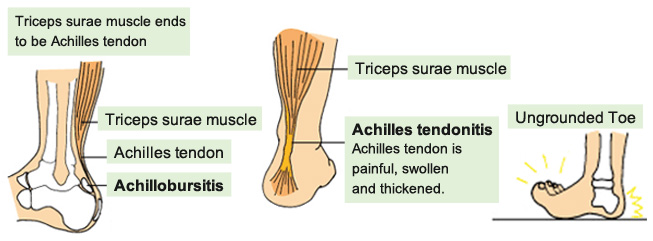
Treatment
For early stage cases, the type and severity of the injury should be diagnosed by palpation. 80% of Achilles tendon ruptures are accompanied by chronic pain in the lower back because of the damaged sciatic nerve. When the tendon is completely ruptured, surgery allows for faster recovery and rehabilitation.
Alternatively, as a conservative treatment, use cushioning material on the heel and fix the foot joint with a bandage for about 3 months. Advanced cases may require 6 months of treatment.
“Rest (recovery)” has to exceed “load (destruction)”. This is to say, “For healing, the injury needs more time to be spent resting and recovering than further injuring the area.”
To rebuild the arch of the sole, use the Kasahara Taping Treatment (for pain-free cases) or 3 ?toe socks. When using 3-toe socks, bandage treatment should be done before wearing 3-toe sock
To protect the injury from excess shock and torsion waves and to cushion the heel, use the seismic isolation insole (artificial muscle insole).
Related products



